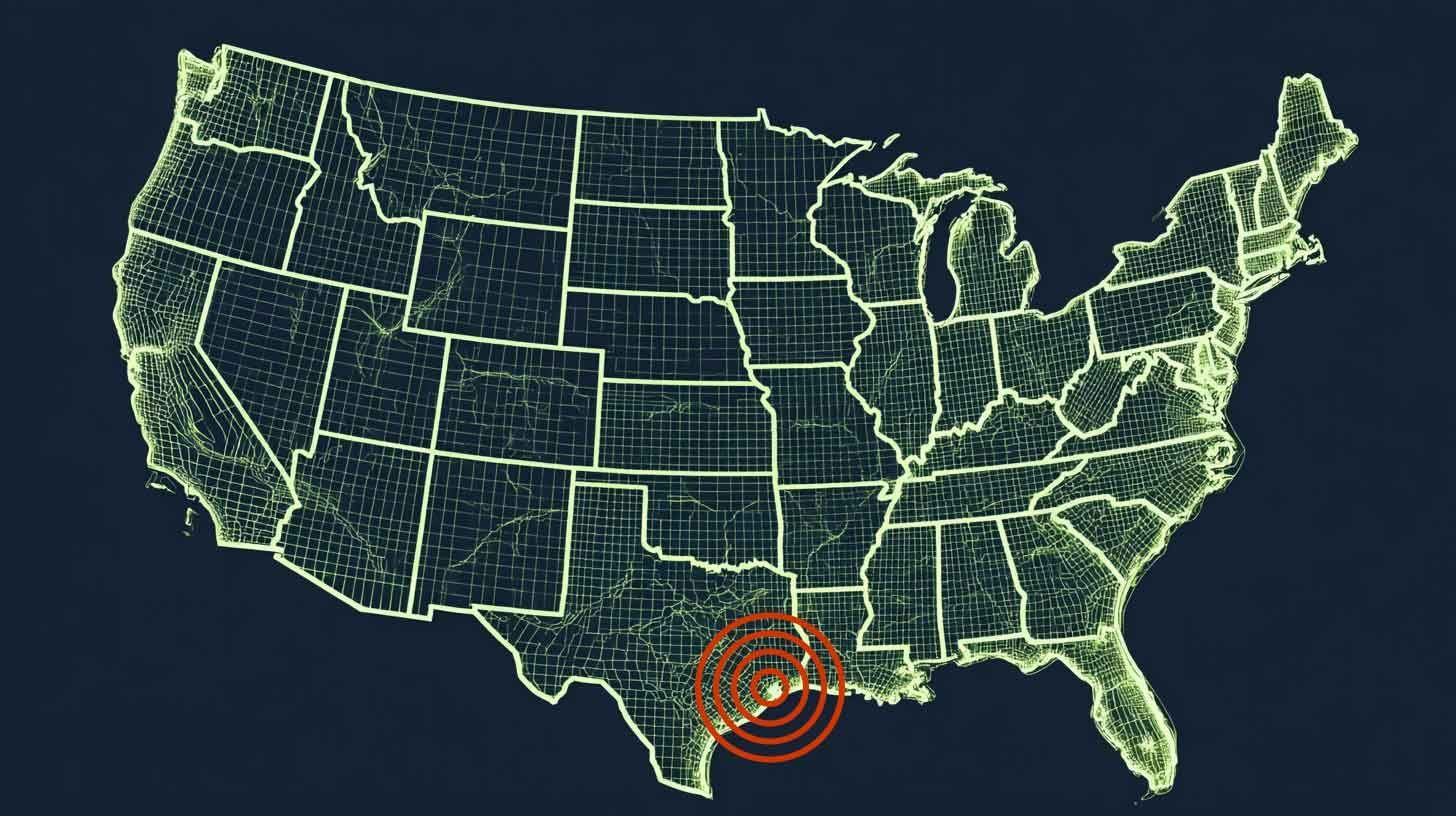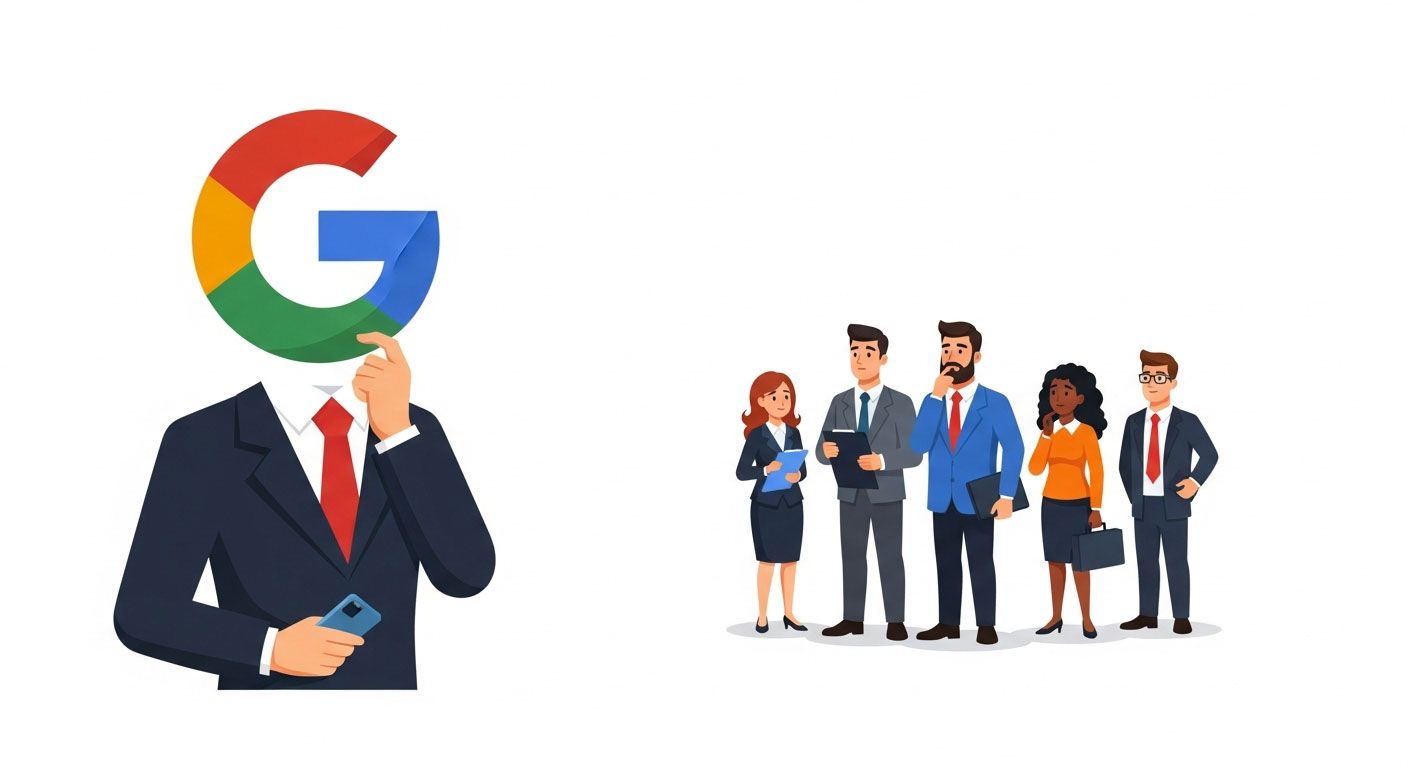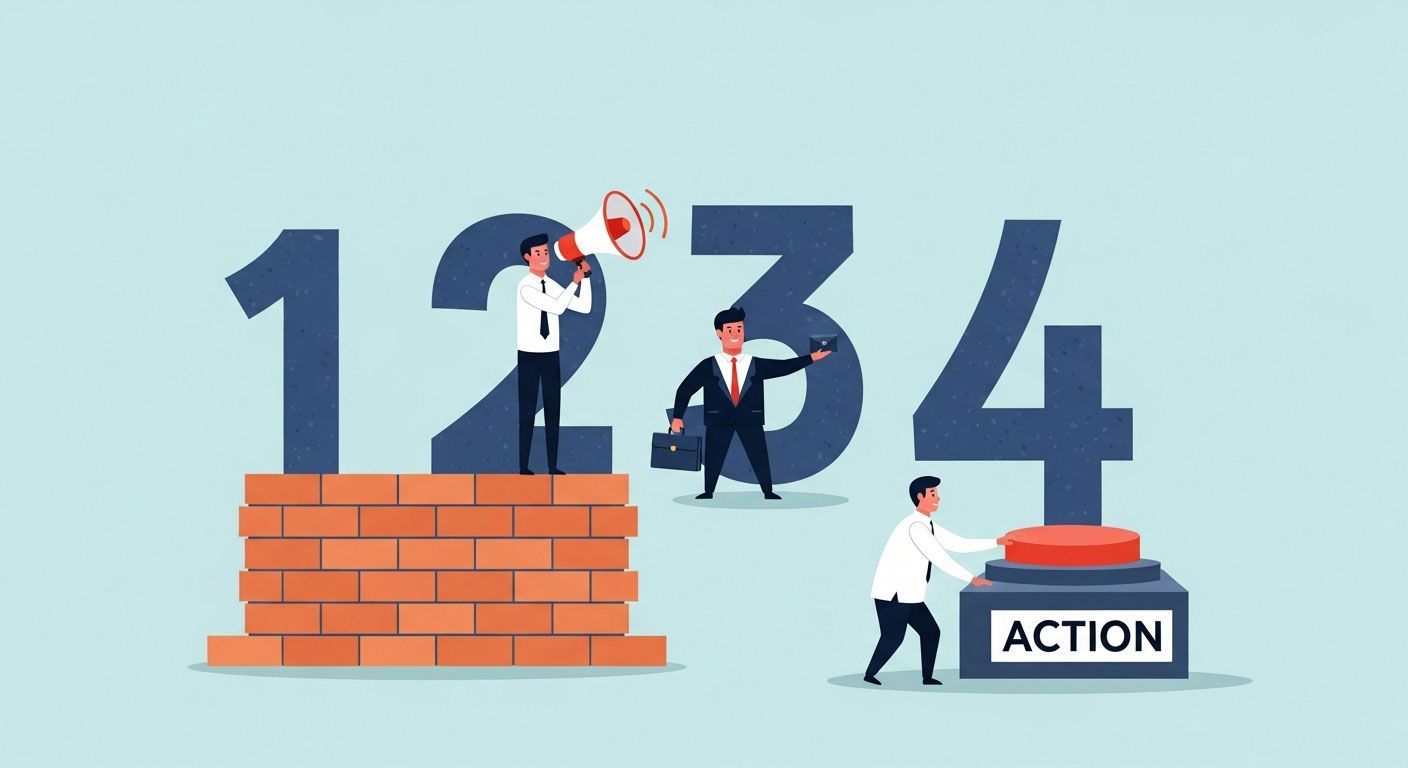The Local B2B Challenger: Navigating the PPC Battlefield Against National Giants
Doug Mansfield • October 5, 2025
Local B2B service providers using Google Ads and Microsoft Ads are finding themselves in a digital turf war. The culprit? National brands with deep pockets are casting wide advertising nets, driving up the cost of local ad placements and making it increasingly difficult for smaller, local firms to compete for business clients in their own backyards.

The core of the problem lies in the very nature of how pay-per-click (PPC) advertising platforms operate. National advertisers, aiming to reach customers across the country, often employ broad geographic targeting. This means their ads for services like IT support or commercial cleaning are not just showing up in major metropolitan areas but are also blanketing smaller cities and towns. This widespread approach floods the ad auction with more bidders, leading to a significant increase in the cost-per-click (CPC) for keywords that local B2B providers rely on to attract nearby clients. It's a classic case of supply and demand – with more advertisers vying for the same ad space, the price inevitably goes up.
For local B2B firms with limited marketing budgets, this encroachment by national brands can feel like an insurmountable challenge. However, by leveraging their local advantage and employing savvy, targeted strategies, these businesses can not only hold their ground but also carve out a profitable niche in the competitive PPC landscape.
Winning the Local Ad War: Strategies for Success
The key to competing with national brands is not to outspend them but to outsmart them. By focusing on hyperlocal targeting, crafting resonant ad copy, and optimizing for local business intent, B2B providers can create highly effective campaigns that national advertisers simply can't replicate at scale.
Hyperlocal Targeting: Your Secret Weapon
Instead of targeting an entire city or a broad radius, get granular with your location settings. This is where your local knowledge of the business landscape becomes a powerful asset.
- Business District and ZIP Code Targeting: Drill down to specific business parks, industrial areas, or even ZIP codes where you know your ideal B2B clients are concentrated. This allows you to focus your budget on the most relevant commercial zones and avoid wasting ad spend on broader, more competitive regions.
- Radius Targeting Around Key Clients: Set a tight radius around the locations of major local businesses or corporate headquarters to target their potential needs and the network of businesses that support them.
- Location-Specific B2B Keywords: Go beyond generic keywords and incorporate local identifiers. For example, instead of "managed IT services," a local IT support company could target "IT support for law firms in [Downtown District Name]" or "[Your City] manufacturing IT services." Think about local business hubs, major corporate parks, or industry-specific terms relevant to your region that a national brand wouldn't know to use.
- Geofencing: This strategy involves setting up virtual perimeters around specific locations. For instance, an office supply delivery service could set up a geofence around a new office building complex or a convention center during a major trade show to target businesses in need of immediate supplies.
Crafting Ad Copy That Speaks "Local B2B"
Your ad copy is your opportunity to connect with your local business community on a professional level and differentiate yourself from the generic messaging of national corporations.
- Highlight Your Local B2B Focus: Mention that you're a "locally-owned," "[Your City]-based B2B provider," or "serving [Your County]'s businesses for 20 years." This builds trust and resonates with decision-makers who prefer to partner with local suppliers.
- Use Local Business References: Incorporate well-known local industries or business landmarks into your ad copy. For example, a commercial printing service could say, "Trade show materials for the [Local Convention Center] Expo? We offer same-day service."
- Promote Local B2B Case Studies and Community Involvement: If you're a member of the local Chamber of Commerce or have helped a well-known local company solve a problem, mention it in your ads (with permission). This shows you're an active and trusted member of the local business ecosystem.
- Emphasize Responsiveness and Proximity: Use phrases like "On-site support in under an hour," "Your neighborhood commercial partner," or "Local B2B deliveries, faster than nationals."
- Showcase Local Client Testimonials: If you have positive reviews from local business owners, consider incorporating snippets into your ad copy. A recommendation from a fellow local entrepreneur can be a powerful motivator.
Leveraging Platform-Specific Features for a B2B Advantage
Both Google Ads and Microsoft Ads offer a suite of tools designed to help local businesses connect with nearby commercial clients.
For Google Ads Users:
- Google Business Profile Integration: A fully optimized Google Business Profile is essential for local search visibility. Link it to your Google Ads account to enable location extensions, which display your address, phone number, and a map marker in your ads, signaling to businesses that you are a legitimate local entity.
- Local Campaigns: These automated campaigns are designed to drive local actions like calls and direction requests, which are just as valuable for B2B as for B2C. A potential client needing emergency IT support is likely to call the first local provider they find.
- Local Service Ads: For eligible professional services (like law firms or financial planners), Local Service Ads appear at the very top of Google search results and feature a "Google Guaranteed" or "Google Screened" badge, which can significantly boost trust and click-through rates from other local businesses.
For Microsoft Ads Users:
- Precise Location Targeting: Microsoft Ads allows you to target by city, metro area, ZIP code, and even a specific radius around a location, perfect for homing in on business districts.
- LinkedIn Profile Targeting: A unique and powerful feature of Microsoft Ads is its integration with LinkedIn, allowing you to target users based on their industry, job function, and company. This is invaluable for B2B advertisers wanting to reach decision-makers at local companies within specific sectors (e.g., targeting CFOs at manufacturing plants in a specific industrial park).
- Call and Location Extensions: Similar to Google Ads, these extensions make it easy for local business clients to find and contact your company directly from the ad.
Differentiating Your Local B2B Firm from the National Chains
Beyond specific ad tactics, the most powerful way to compete is to lean into what makes your local B2B operation unique. National brands often struggle with providing flexible, personalized service and building genuine relationships within local business communities. This is your opportunity to shine.
- Emphasize Your Unique Selling Proposition (USP): What do you offer that the national corporation doesn't? Is it personalized account management, customized solutions for local industry challenges, faster on-site response times, or a deeper understanding of the local market? Make this the cornerstone of your marketing message.
- Build a Strong B2B Network (and Flaunt It): Your involvement in the local business community is a significant differentiator. Highlight your memberships in local business associations, your local strategic partnerships, and testimonials from respected local companies in your ad copy and on your landing pages.
- Show, Don't Just Tell: Use images and videos in your ads that feature your actual office, your local team members, and case studies of your work with other local businesses. This creates a sense of authenticity and peer validation that generic stock photos cannot match.
- Offer Local-Specific B2B Promotions: Create special offers or introductory packages for businesses located in a new office park or for members of the local Chamber of Commerce.
By embracing a hyperlocal B2B mindset and leveraging your unique strengths, you can create a powerful and cost-effective PPC strategy that not only competes with national brands but also builds a loyal client base within your local business community. The key is to stop trying to play their game of broad reach and big budgets and instead focus on winning the trust and partnership of your neighboring businesses.
This blog post was created by Doug Mansfield, president and founder of Mansfield Marketing











